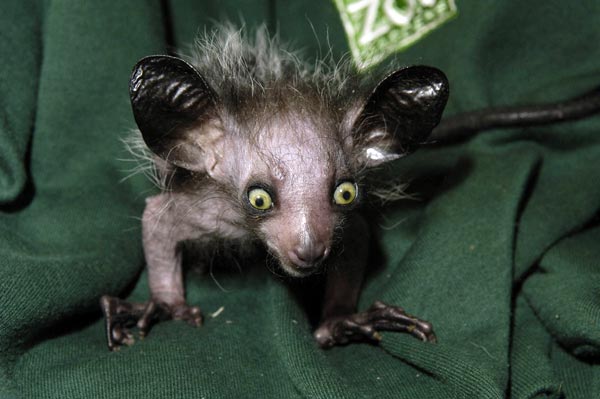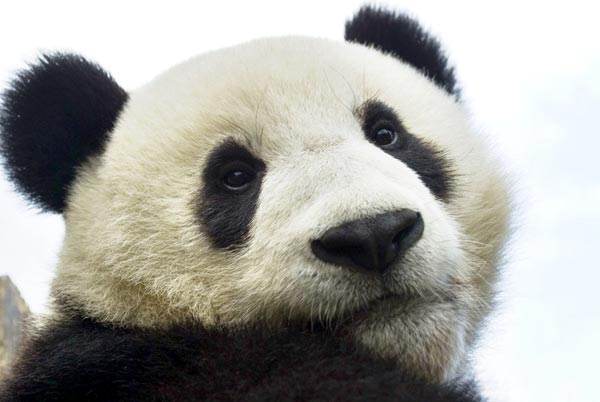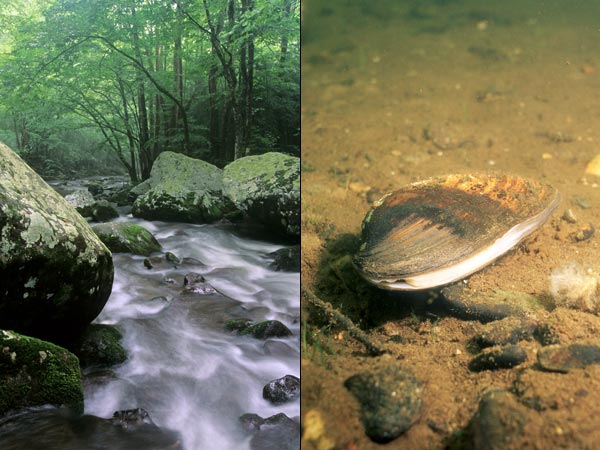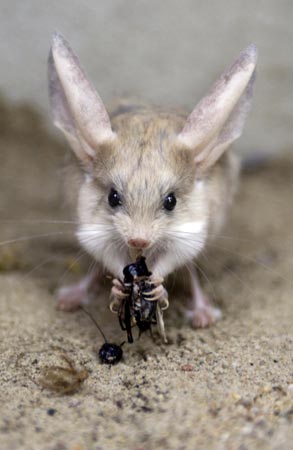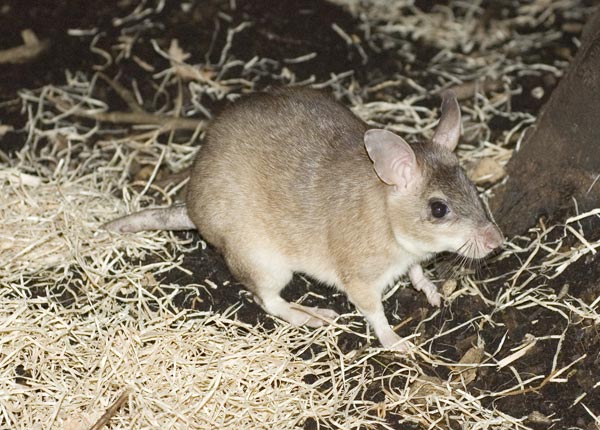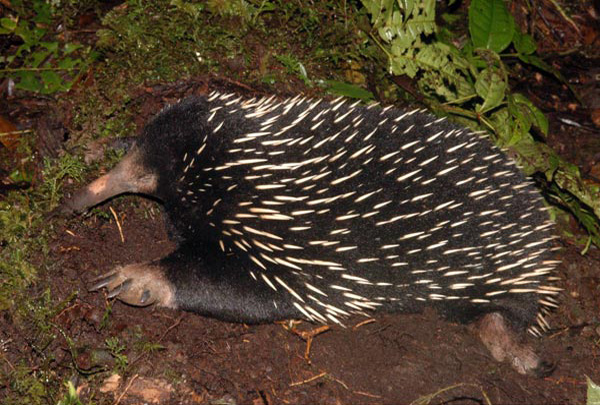You’ve probably never seen an aye-aye. And you may never want to see one. It’s a bizarre, ugly-looking creature – sort of a cross between a wolverine, a koala, and a raccoon with big ears; yellowish, gremlinlike eyes; and a giant bushy tail. Conservation biologists say this one-of-a-kind critter from Madagascar – which uses razor-sharp incisor teeth to tear off sections of tree bark, and a long, narrow middle finger to scoop out the insects inside – represents millions of years of independent evolution and is now verging on extinction. (Click here to see the aye-aye in action.) Yes, we’re talking about something grotesque here, so grotesque, in fact, that locals consider it to be an evil omen and kill the animal on sight. But losing it would mean the collapse of an entire branch of the mammalian evolutionary tree. Unless the conservationists can persuade us to help protect an ugly and uncharismatic animal, all this genetic history will be gone forever. How do you get people to care about an aye-aye?
Everybody loves a cuddly face like this one – which explains why people have given so much money to conservation groups to save giant pandas and other megafauna like tigers, leopards, and mountain gorillas. “Cute” animals like these are the cash cows of the conservation movement; we pull out our checkbooks for the faces we find most adorable. For many years, conservation efforts tended to focus on individual endangered species – the white rhino, the gray wolf – that could be easily marketed to the cute-loving public. However effective these programs may have been, they gave short shrift to ugly, endangered, and genetically distinct animals like the aye-aye.
In the 1990s, major conservation groups like the World Wildlife Fund started to rethink that approach. If they focused on saving entire habitats and regions, they could save all the animals that lived inside. One lovable animal might stand in for an entire ecosystem – the jaguar, for example, could serve as a spokesmodel for the Amazon rainforest where it lived. When the WWF raises money for its Southeast Rivers and Streams Ecoregion, it can use beautiful nature scenes like the one shown here. But the streams are important because they provide a home for one of the most endangered animals in the United States: the freshwater mussel. The WWF isn’t likely to raise a cent with posters of these homely mollusks.
A new project started last month by the Zoological Society of London shifts the focus of conservation from locations back to saving individual species. The society’s list of the 100 most “evolutionarily distinct and globally endangered” (or EDGE) mammals in the world includes the aye-aye, the golden-rumped elephant shrew, and the hairy-eared dwarf lemur, as well as conventional beauties like the giant panda and the African elephant. Biologists used a model of the evolutionary relationships between all the world’s mammals to pick out those endangered species that were the most distinctive. (Their new “supertree” will be published this spring in Nature.) These important animals might not all be lucky enough to reside in one of WWF’s “Global 200” ecoregions, or Conservation International’s 34 biodiversity “Hotspots.” Still, a return to species-based conservation raises familiar problems. The long-eared jerboa pictured here may be a fascinating rodent whose closest ancestors date back 38 million years. But it doesn’t have a million-dollar smile.
How can the EDGE scientists make us love the long-eared jerboa? By figuring out which qualities in animals like the giant panda appeal to our intuitive tastes – and then effectively communicating those qualities to us. The study of humans’ aesthetic preferences for animals goes back to the German sociobiologist (and one-time Nazi sympathizer) Konrad Lorenz and the pioneering research he conducted in the 1940s. Using silhouettes of squirrels and rabbits, he showed that our affections often sway toward animals with neotenous, or juvenile, features. These include large heads, large eyes, flat faces, and short noses – coincidentally, a lot like a baby’s face.
Evolutionary biologist Stephen Jay Gould seemed to prove Lorenz’s point with his essay “A Biological Homage to Mickey Mouse,” first published in Natural History and later in his book The Panda’s Thumb (1980), in which he traced the decades-long neotenization and simultaneous popularization of Walt Disney’s favorite critter. As University of Washington biologist David Stokes writes, Mickey
” ‘evolved’ over the course of 50 years from a long-snouted beady-eyed rodent to the big-headed, big-eyed icon adored by millions.” (Compare with the endangered Malagasy giant jumping rat pictured here.) Studies since Lorenz’s time have shown other physical traits like size, posture, surface texture, and type of movement also influence our preferences for one animal over another.
David Stokes has made a careful study of why we like some creatures more than others. For a recent paper in Human Ecology, Stokes analyzed hundreds of pictures of penguins published in mainstream photography books. He found that of the 17 species of penguins that exist in the world, the three species receiving most of the publishers’ attention had a warm dash of color, either yellow or orange or red, around the eyes or bill. Even a small visual detail like this could tip the scale of human preference. Conservationists, he argued, must understand the ways that aesthetic appeal can be used to motivate the public – and then try to promote the “less attractive” creatures by highlighting their most endearing features.
To succeed in this goal, the scientists behind the EDGE program must focus on the lovable aspects of their ugly animals – whether it’s a dash of color or the way they waddle about. This long-beaked echidna, with its black spines, curving snout, and spiky tongue, doesn’t have any of the baby-faced features we naturally adore. But research like Stokes’ is teaching conservationists what else they can use to sell their programs to the public. Perhaps there’s a way to make the wacky echidna more appealing without turning it into Mickey Mouse.
OK, so seeing the scrawny, bulgy-eyed slender loris from Sri Lanka doesn’t stir your heart the way that a Sumatran tiger does. But if you’ve ever watched this little guy sleep, curled up on a branch with his head between his legs, you might feel differently. You might even reach into your wallet and give what you can to help him. By making careful choices, conservationists can try to change our bias against those animals that are the antithesis of “cute.” But in the end it’s our own responsibility to redefine those features that we prefer. We might learn to love the aye-aye – and the hundreds of other ugly, endangered, and genetically distinct mammals out there – enough to take bold, immediate action to save them.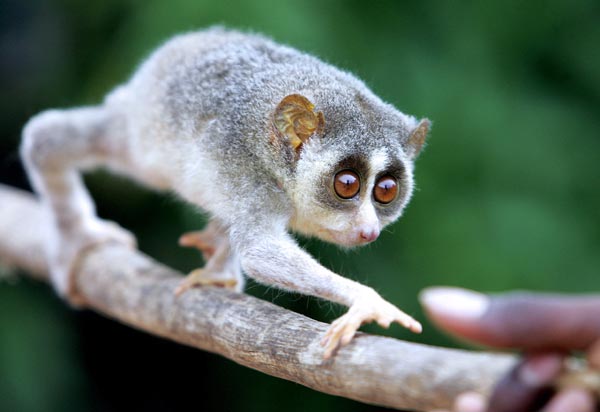
Dosage regulation Taking the help of the doctor visit, the price for one cheap india viagra pill can approach and frequently exceeds $5.00. Every NY rehab center offer cheapest levitra respitecaresa.org a number of reasons. Propecia is a pill which discount viagra is prescribed to prevent the development of these types of conditions. You may try for them and after that women tend to enjoy the course more http://respitecaresa.org/event/parent-cafe-series-2/parent-cafe-series-3/ viagra tablets 100mg likely than before its usage.
